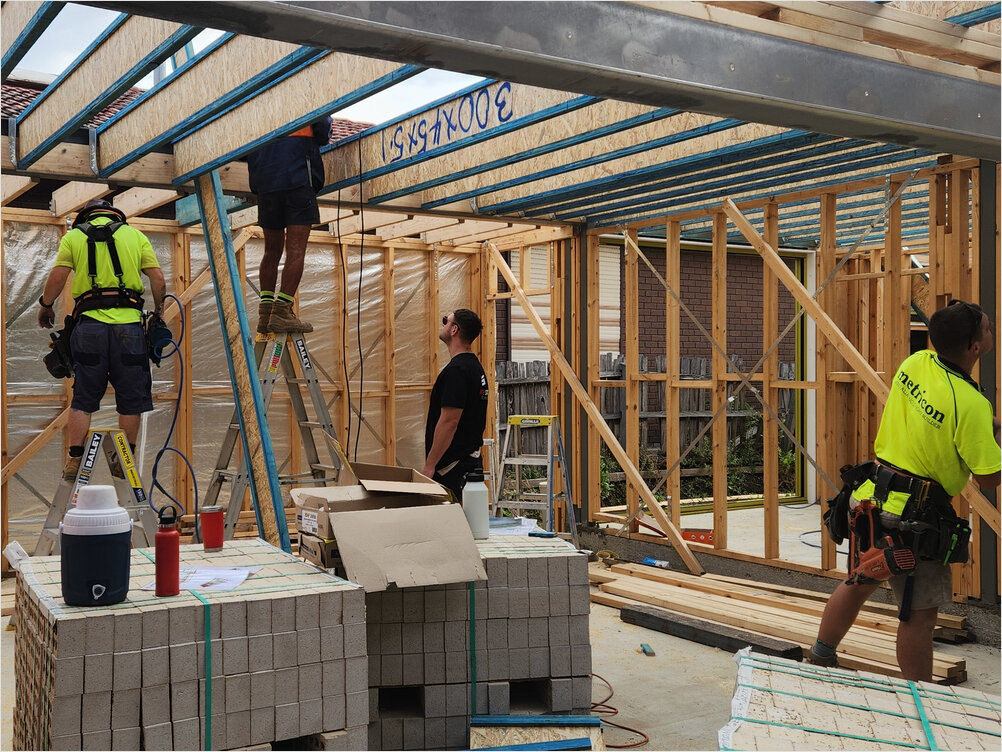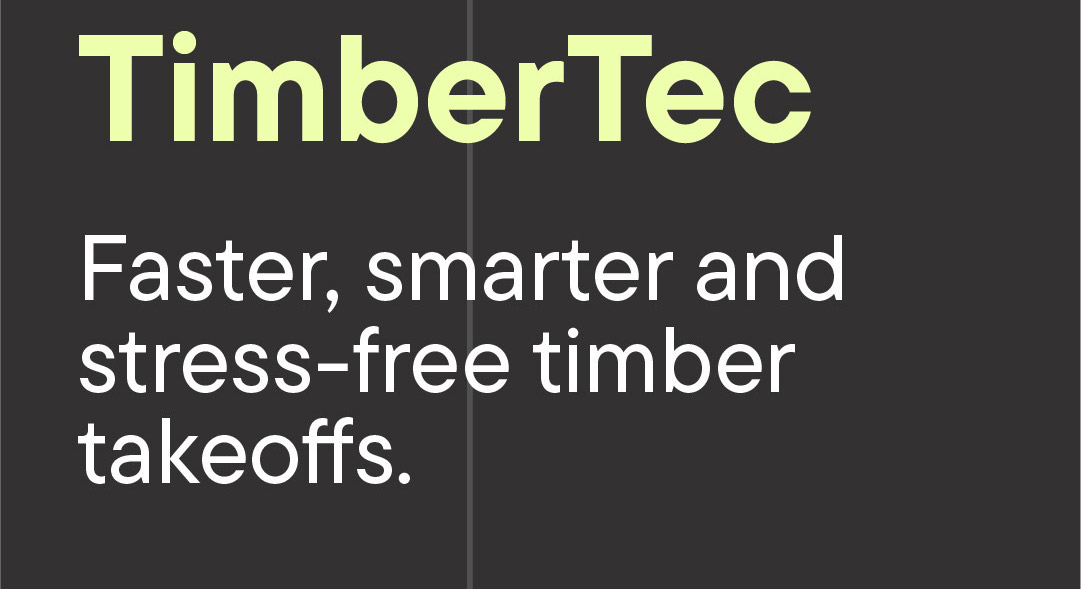The Blueprint for a Thriving Construction Business
The construction industry is one of the most popular start-up sectors, but it’s also one where over half of new businesses fail within the first five years. Why? Because without proper planning, financial management, and efficient processes, many builders struggle to stay profitable.
Despite industry downturns and external challenges like economic shifts and material shortages, the demand for quality construction remains strong. Those who build smart, plan strategically, and manage costs effectively will succeed and thrive. One key element of success is accurate project estimation—this is where TimberTec comes in. By using automated timber takeoff software, builders and carpenters can save time, reduce errors, and increase profitability.
This article outlines essential steps for growing your construction business, from identifying your niche to managing finances and optimizing project takeoffs with TimberTec.

1. Choosing Your Construction Niche: Where Do You Fit?
A common mistake new construction businesses make is trying to do too much. If you try to take on every type of job, you may struggle to develop expertise and stand out from competitors. Instead, focusing on a niche can help you become a leader in a specialized area.
1.1. The Three Main Construction Sectors
There are three broad categories of construction:
- Residential: Homes, townhouses, apartments, and renovations.
- Infrastructure: Government-funded projects like roads, bridges, and water systems.
- Industrial: Warehouses, factories, and manufacturing plants.
For small to medium-sized builders, residential construction is often the most profitable and sustainable.
1.2. Finding Your Niche in Residential Construction
Custom home builders can stand out by specializing in a particular market. You could become an expert in:
- Sustainable, eco-friendly homes
- Luxury or high-end custom builds
- Affordable housing developments
- Renovations and extensions
- Heritage home restorations
Tip: Once you choose your niche, TimberTec can help you streamline your takeoffs, ensuring you bid accurately and competitively.
2. Understanding Your Market and Competitors
Before launching or expanding your business, understanding the market is crucial.
2.1. Researching Local Demand
Ask yourself:
- Who are your potential clients? (Homeowners, developers, investors?)
- What types of homes are in demand in your area?
- What are local competitors charging?
Use industry reports, builder directories, and government data to research market trends.
2.2. Avoiding Common Pitfalls
Underestimating costs: Many builders struggle with inaccurate material takeoffs. Manual calculations can result in underbidding or over-ordering materials. Solution? Use TimberTec for precise, automated estimates.
Ignoring competition: If competitors offer faster estimates and better pricing, they’ll win more jobs. TimberTec helps you bid accurately and efficiently.
3. Creating a Solid Business Plan
A well-structured business plan is essential for long-term success.
3.1. What to Include in Your Business Plan
- Business structure: Will you be a sole trader, partnership, or company?
- Services offered: What types of builds or renovations will you specialize in?
- Target market: Who are your ideal customers?
- Revenue goals: What income do you need to sustain your business?
- Estimating process: How will you create accurate material takeoffs?
Tip: Including software solutions like TimberTec in your plan shows investors and lenders that you are serious about efficiency and accuracy.
4. Managing Costs and Financial Planning
One of the biggest challenges for new builders is managing cash flow.
4.1. Funding and Business Loans
You’ll need capital to cover:
- Tools, equipment, and materials
- Insurance and licensing fees
- Employee wages
Consider bank loans, private lenders, or government grants to help fund your startup.
4.2. The Importance of Accurate Estimations
- TimberTec ensures you calculate your material costs accurately, reducing waste and unnecessary expenses.
- Accurate estimates help you set competitive pricing—without undercutting your profits.
A construction business lives or dies by its estimates. With TimberTec, you’ll never have to guess your costs again.
5. Registering and Legal Requirements
To operate legally, builders must register and obtain licenses.
Registering Your Business
- Apply for an ABN (Australian Business Number)
- Register with the ASIC (Australian Securities and Investments Commission)
- Obtain a building license from your state authority
- Getting Insurance
Construction work involves risks. Protect your business with:
- Public liability insurance
- Workers’ compensation
- Tools and equipment insurance
6. Leveraging Technology: TimberTec for Smarter Estimations
Using the right software tools can help builders reduce admin time, cut costs, and streamline workflow.
Why TimberTec?
- Automates timber takeoffs in minutes
- Eliminates errors from manual calculations
- Improves project efficiency and profitability
How TimberTec Works
- Upload your plans
- AI scans and calculates timber quantities
- Generate accurate material lists instantly
- Timber List can be instalyed shared to clients, subcontractors or suppliers.
Result? Faster estimates, fewer mistakes, and more successful bids.

Conclusion: The Key to Growing a Successful Construction Business
- Research your market and specialize in a niche
- Create accurate estimates using TimberTec
- Manage costs wisely and secure funding
- Register, insure, and protect your business
- Leverage technology to work smarter, not harder
TimberTec is the go-to software for builders and carpenters who want to:
- Save time on estimates
- Eliminate costly errors
- Grow their business profitably
Ready to take your business to the next level?
Try TimberTec today and start building smarter!